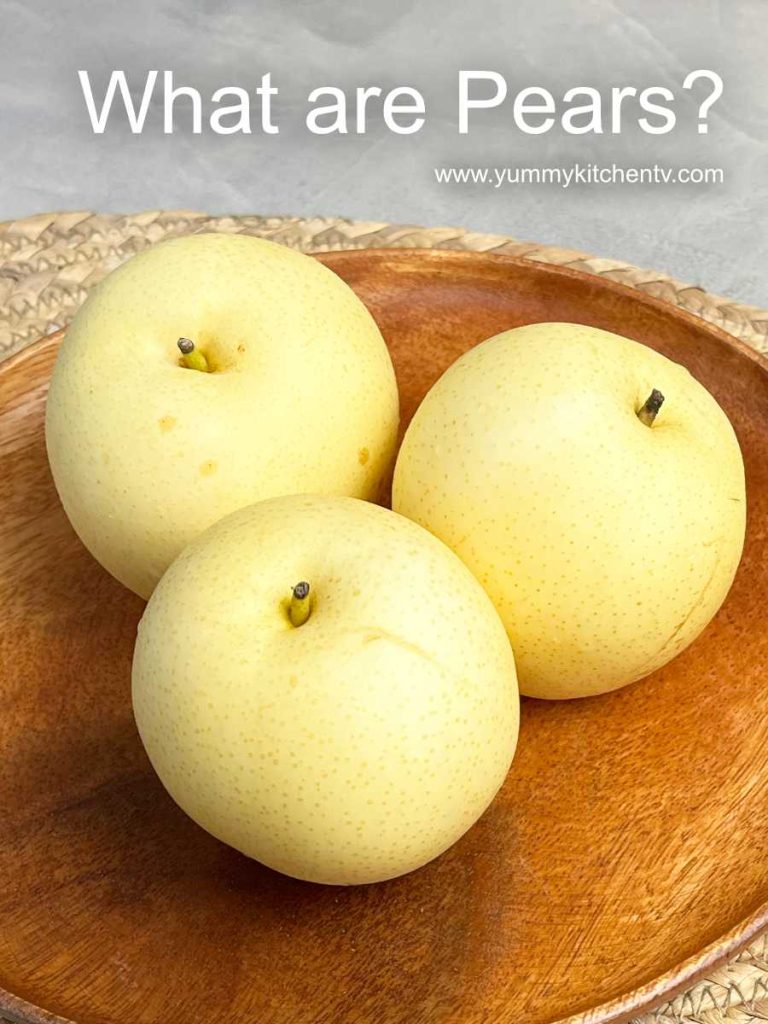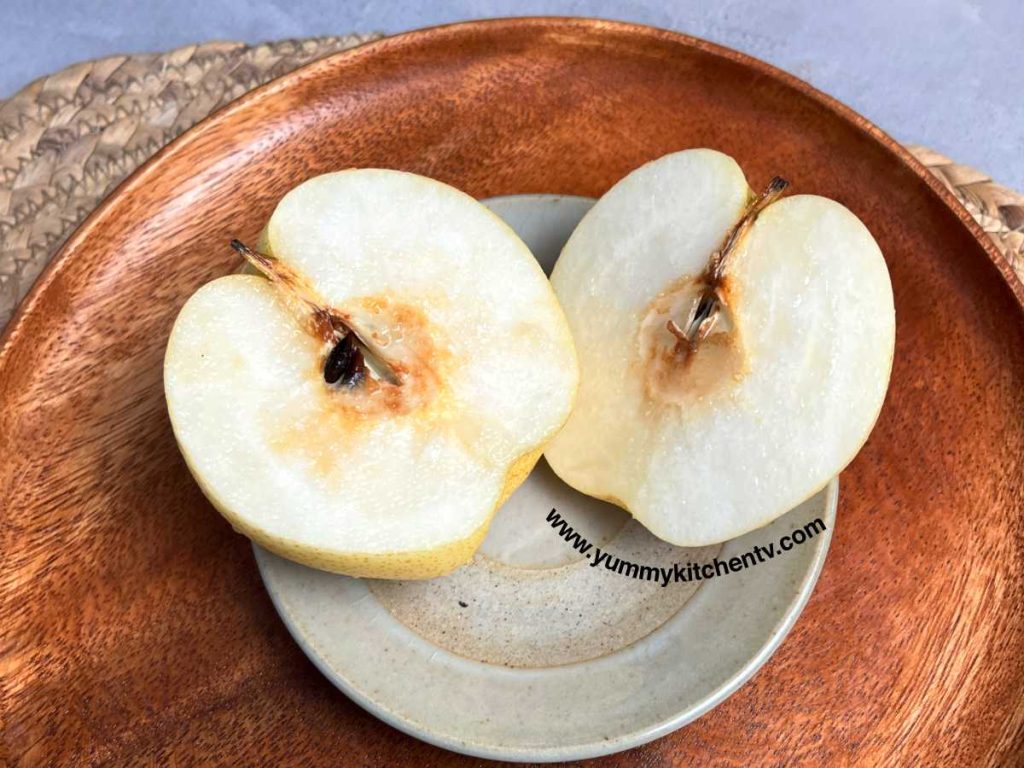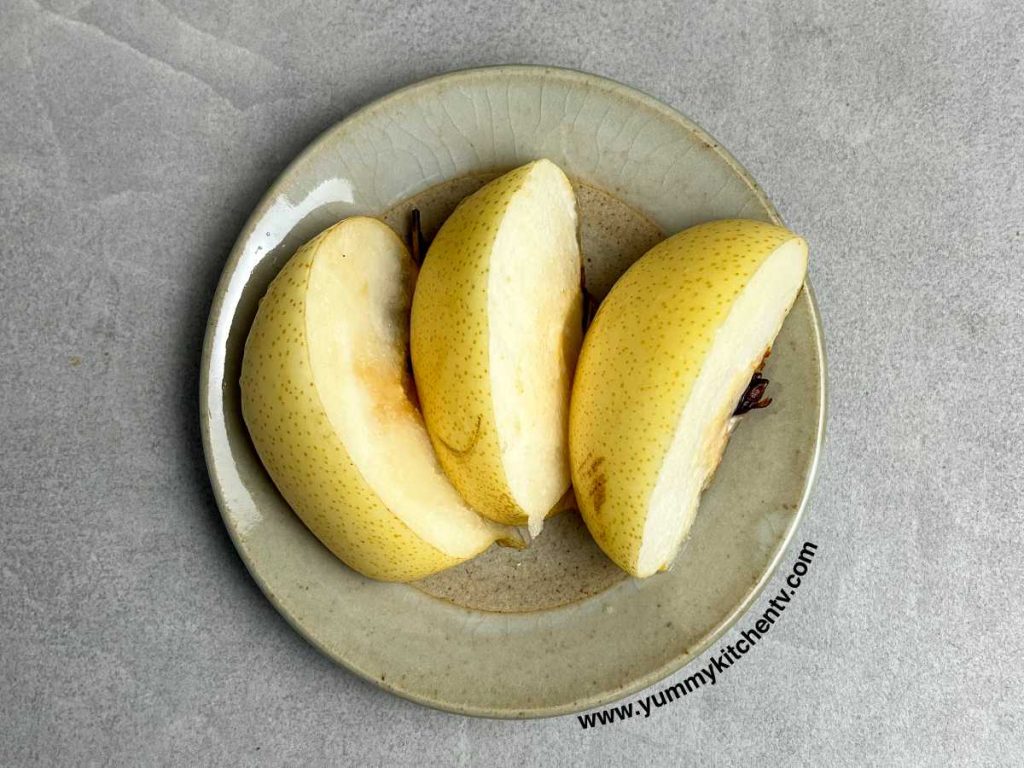Pears, members of the rose family, come in various types, exhibiting a spectrum of colors, sweetness, and textures that cater to diverse taste preferences. A popular fruit that’s even featured in Christmas song Twelve Days of Christmas with the iconic line “a partridge in a pear tree” to culinary delights used in cranberry pear sauces, pear salads, or pear liqueurs, this juicy and sweet fruit adds a delightful touch to various dishes.
History
The origin of pears is traced back to 2000 B.C. in Europe and Asia, later spreading to the Greeks and Romans, where they were prized for their flavor and medicinal properties. Pears were symbolically associated with fertility and fidelity. Over time, they gained popularity in cooking, being made in pies. As featured in 14th-century literature pieces mentioning the Warden pear pie, particularly noted in Shakespeare’s The Winter’s Tale. Warden pears, known for their hardiness, became a staple in winter cupboards and as a traditional English pie. As the popularity of pears increased in different regions, commercialization, and global cultivation rose which resulted in pears being diversified into over 3000 varieties worldwide.
Pear in the culinary world
Pears, characterized by their sweet, bell-shaped profile, have been enjoyed since ancient times. Whether crisp or soft, they vary in sweetness and color. In medieval times, pears were primarily used for cooking, with only the summer pears being sweet and juicy enough for fresh consumption. By the 17th century, the introduction of buttery pears was only available for the tables of the rich. Eventually, Horticulturists continued the innovation, creating pears with excellent yield, hardiness, and juiciness, consistent texture across seasons. In the culinary space, pears have evolved to include dishes like poached pears with ice cream, sweet pear liqueur, a fall-inspired pear salad with nuts and seeds drizzled with vinaigrette, and cranberry pear sauce for Thanksgiving turkey.
Nutritional benefits
Pears provide more than just a delightful taste but also many nutritional benefits. This sweet fruit is abundant in fiber, vitamin C, and crucial vitamins and minerals. Consuming pears regularly helps in promoting overall well-being through a balanced diet.
- Contains approximately 20% of the recommended daily fiber intake, including fiber like pectin, pears nourish gut bacteria which aids in gut health.
- High fiber foods support healthy bowel function supporting the removal of toxins in the digestive system.
- Pears are a rich source of antioxidants, including vitamin C, vitamin K, and copper, countering the damage caused by free radicals while protecting cells and skin health from potential damage.
- Pears’ high flavonoid content eases inflammation which may potentially decrease the risk of diabetes and heart-related diseases.
In the Philippines
Pears can be grown in the Philippines, although pear trees generally prefer cooler weather. Despite the tropical and humid climate of the country, certain provinces with cooler temperatures, such as Benguet, provide suitable conditions for this fruit’s cultivation. Pears are known for their adaptability in droughts, heat, and humidity. However, it’s important to note that while pear trees can withstand both heat and cold, excessively wet conditions may cause the rotting of the tree’s roots, causing the tree to die.
Recipes with pear
- Pear pie
- Poached pears
- Cranberry sauce
- Pear liqueur
- Pear salad






